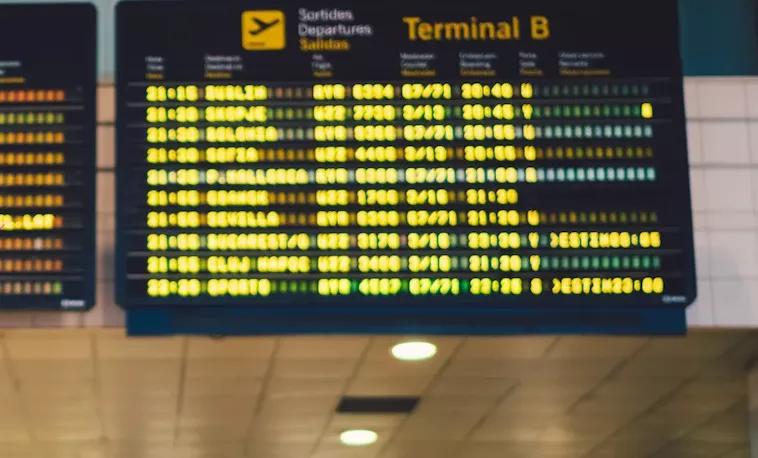Air travel involves various fare classes, each offering distinct benefits and restrictions. One such fare class is “Class D.” Understanding what Class D entails can help travelers make informed decisions and optimize their travel experiences.
Airlines categorize their seats into different fare classes, also known as booking or reservation classes. These classes determine the price of the ticket, flexibility regarding changes or cancellations, and the accumulation of frequent flyer miles. Fare classes are typically represented by single letters, such as A, B, C, D, E, etc., each corresponding to specific fare rules and benefits.
What is a Class D Airline Ticket?
A Class D airline ticket refers to a specific fare category used by airlines, notably Japan Airlines (JAL), to designate certain business class seats with particular conditions. The characteristics of Class D tickets can vary between airlines, but they generally include:
- Pricing: Class D tickets are often priced lower than standard business class fares, making them a more economical choice for business travelers.
- Refundability: These tickets may have restrictions on refunds or may be non-refundable, depending on the airline’s policies.
- Seat Selection: Some airlines may limit seat selection options for Class D tickets, while others may offer advanced seat selection as a benefit.
- Mileage Accumulation: Travelers may earn frequent flyer miles at a different rate compared to standard business class tickets.
Class D Fare Characteristics in Japan Airlines (JAL)
In the context of Japan Airlines (JAL), Class D fares are a subset of business class tickets with specific conditions:
- Fare Basis Code: JAL uses fare basis codes to identify fare types. Class D fares are often associated with discounted business class tickets that may have restrictions on changes and refunds.
- Refund and Change Policies: Class D tickets may have non-refundable portions and could be subject to penalties for changes or cancellations. It’s essential to review the specific fare rules at the time of booking.
Comparing Class D with Other Fare Classes
Understanding the differences between fare classes can aid travelers in selecting the most suitable option for their needs:
- Class J: Typically represents standard business class fares with flexible options for changes and refunds.
- Class D: Represents discounted business class fares with more restrictive terms.
- Class X: May denote promotional or special fares with specific conditions, such as lower pricing but limited flexibility.
For instance, a traveler might find a Class D fare at a lower price but with stricter refund policies compared to a Class J fare. Conversely, a Class X fare might offer a balance between cost and flexibility, depending on the airline’s specific fare structure.
Factors Influencing Fare Class Selection
When choosing a fare class, consider the following factors:
- Budget: Determine how much you’re willing to spend on your ticket.
- Flexibility Needs: Assess how likely you are to need changes to your travel plans.
- Mileage Accumulation: If earning frequent flyer miles is a priority, check how many miles you’ll earn with each fare class.
- Amenities and Services: Consider the in-flight services and amenities important to you, such as seat selection, baggage allowance, and meal options.
How to Identify Class D Tickets During Booking
When booking a flight, the fare class is usually indicated alongside the flight details. To identify Class D tickets:
- Online Booking Platforms: Review the fare details during the booking process. The fare class is often displayed next to the price.
- Travel Agency Assistance: Travel agents can provide information on fare classes and help you select the most appropriate option based on your preferences.
- Airline Customer Service: Contacting the airline directly can provide clarity on fare class details and any associated benefits or restrictions.
Conclusion
Class D airline tickets offer travelers discounted business class options with specific conditions regarding refunds, changes, and amenities. It’s crucial to understand these conditions to ensure the fare aligns with your travel needs and preferences. Always review the fare rules at the time of booking and consider factors such as budget, flexibility, and desired in-flight services when selecting a fare class.

